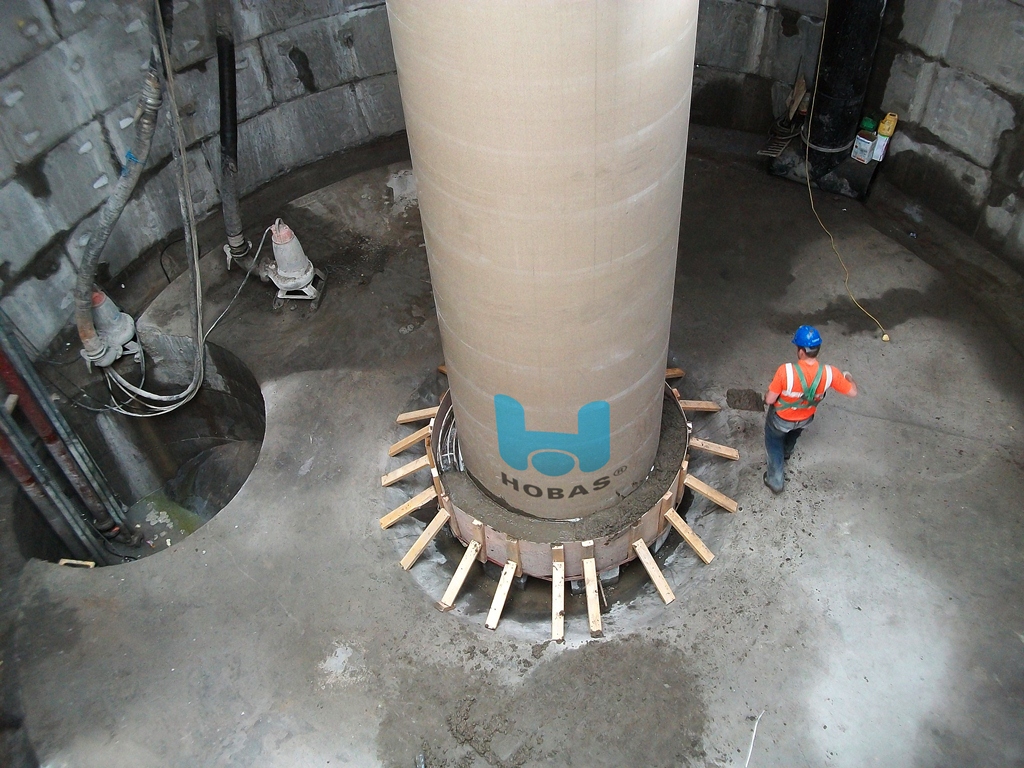
Self Cleaning Waste Water Storage Tank
For coastal communities the historic solution to sewage disposal has long been straight forward, simply to put it into the sea. 20 th century improvements introduced some treatment before sending to a sea outfall but still had the inherited problem that the sewer system was designed as a combined sewer and storm water line (meaning that rainfall is also sent in to the sewer): At times of high rainfall the incoming flows exceed the capacity of the plant and have to be discharged directly to sea without treatment. These obviously environmentally unfriendly practices are now no longer accepted and work continues across Scotland and the UK to modify the drainage and sewage systems to prevent these unacceptable intermittent discharges (UIDs). The answer to this is the use of online and offline storage tanks to hold exceeding flows back until they can be correctly processed. Such a project required the construction of the Dysart Pump Station in Fife, Scotland, with a 12.5 m ID (inside diameter) concrete tank that stores up to 800 m3 . It is however the nature of offline storage tanks that considerable deposits are left after each use so they require some cleaning process afterwards. To avoid this Dysart Pump Station uses a vacuum system to hold back a column of the stored water in the center of the tank until the tank is nearly empty again and then quickly releases it to flush debris from the tank floor in to a gutter and then to the pump for discharge.
More information about this application
PROJECT DETAILS
| Project ID: [9377] | |
| Country: | United Kingdom |
| City: | Fife |
| Year: | 2010 |
| Application: | Sewer, Combined Rainwater-Sewer System |
| Installation: | |
| Technology: | Hobas |
| Nominal Diameter DN: | 1800 | 1800 mm |
| Nominal Pressure PN: | 1 | 1 bar |
| Nominal Stiffness SN: | 10000 | 10000 N/m2 |
